

Strength training is an important form of exercise as we age. It helps protect our bones and joints from health conditions such as osteoporosis and osteoarthritis. It also prevents sarcopenia – the loss of muscle mass – which can occur in later life.
The term ‘strength training’ often conjures up images of people lifting heavy weights in the gym, but it can take many different forms.
Whilst some rely on items such as resistance bands and dumbbells, bodyweight strength workouts offer an equipment-free way to enjoy the benefits of strength training.
As the name suggests, bodyweight strength training involves using your own bodyweight to create resistance – and, in turn, improve strength. Laura Melia, personal trainer at Pure Gym Manchester, says:
“To improve strength, and to even grow muscle, all you need is some form of resistance – this can be created by using just your bodyweight. You can even progress certain exercises to make them more difficult, without the need for extra equipment.
“A good example would be push ups: you can start with incline push ups, move them on to kneeling push ups, then to full push ups.
“Other progressive bodyweight exercises could include bodyweight squats, by adding a three-second hold at the bottom, and kneeling planks, which can progress to full planks with increasing time increments.”
Using your own bodyweight for strength training has many positives:
To help you get started, I've put together 10 bodyweight strength exercises that you can do at home – no equipment required.
For all the bodyweight exercises listed below, I’d suggest you begin with three to five repetitions (reps) to get used to the movement. From there, build both the number of reps and rounds to suit your abilities – for example, three rounds of 10.
If you are unsure about whether an exercise is suitable for you then always seek the advice of your GP, who can advise you further.
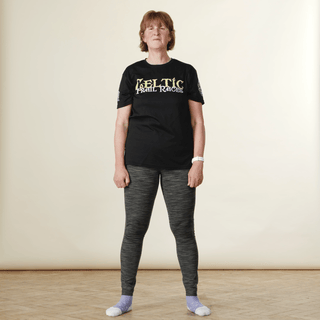
Keep your chest lifted and look straight ahead, holding onto something for support if needed.
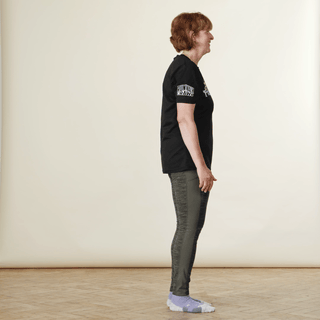
Don’t take too large a step backwards, and hold onto something for support if needed.

Keep both feet flat on the floor throughout and don’t let the heels come up.
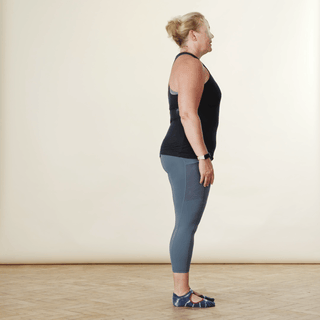
Take this very slowly and hold onto the back of a chair for support.
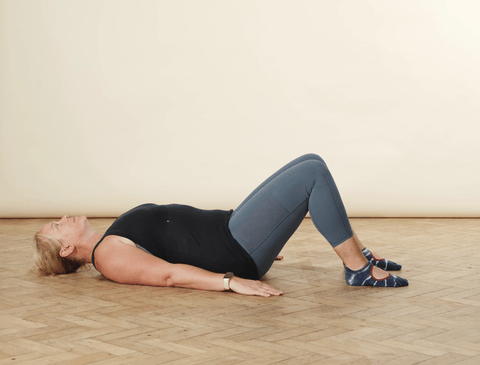
Rest your head on a rolled up towel if needed.
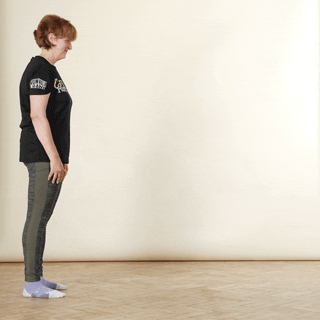
Don’t leave your hips up in the air or let your back sag.
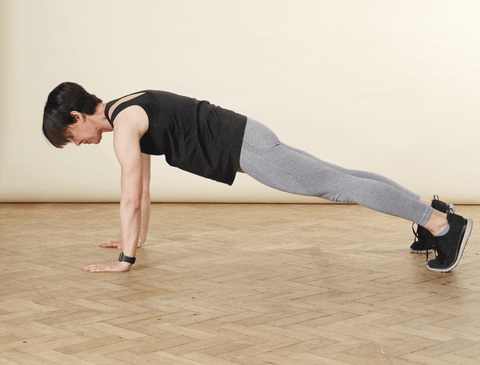
If you're struggling with the bodyweight exercise, you could try an easier variation such as standing against a wall.
Make sure you feel this move in your triceps – the small muscles in the back of your arms.
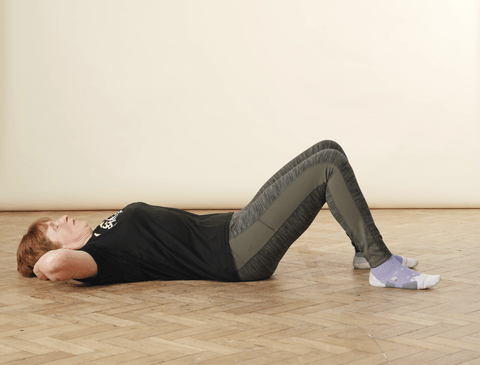
This isn’t a sit-up, so you don’t need to lift up too high – just enough to feel a ‘crunch’ in your abs (stomach muscles).

Keep the hips down and don’t let your lower back sag.
“The suggested guidelines for exercise to boost strength is a minimum of twice per week per muscle group,” Melia says.
“If you are starting out by doing full body workouts, then even two 30-minute sessions per week will help you see improvements. "If you are effectively warming up before, cooling down after, and ensuring your body gets enough rest – I’d suggest two days’ rest per week – then you should prevent injury.
Over time, as your ability – and, I hope, love for exercise – increases, you might want to add another session in. Focus on upper body one day, lower body on another, and then adding one full body workout in as well. You could also combine strength training with cardio exercise too – alternating between push ups and short runs on a treadmill is a personal favourite.
Becky Fuller is a fully qualified Personal Trainer, specialising in strength and conditioning for over 50s. Becky’s focus is helping people to become stronger both in body and mind, and to move well without pain.
Becky also has many years’ experience working as a freelance journalist.
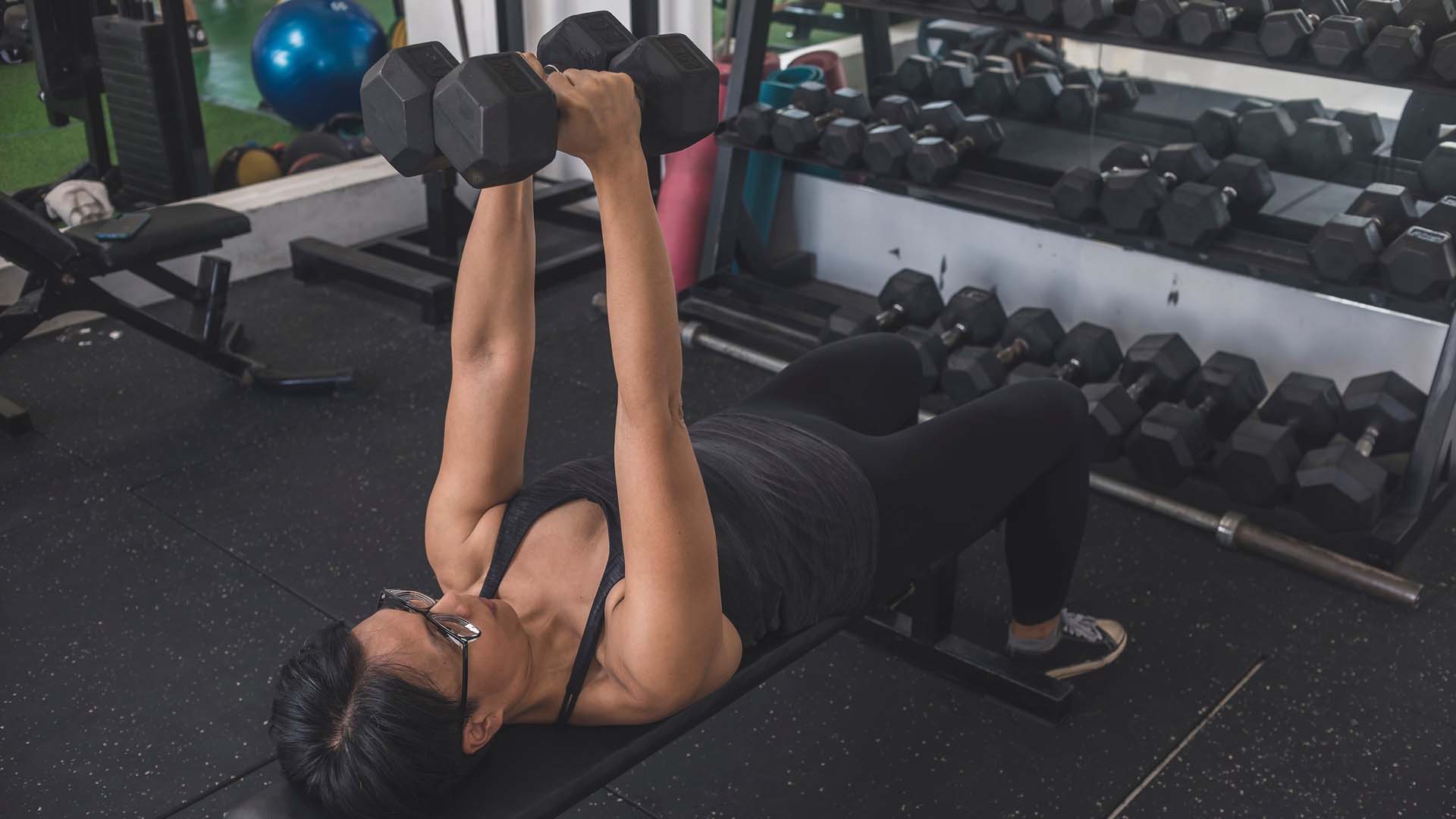


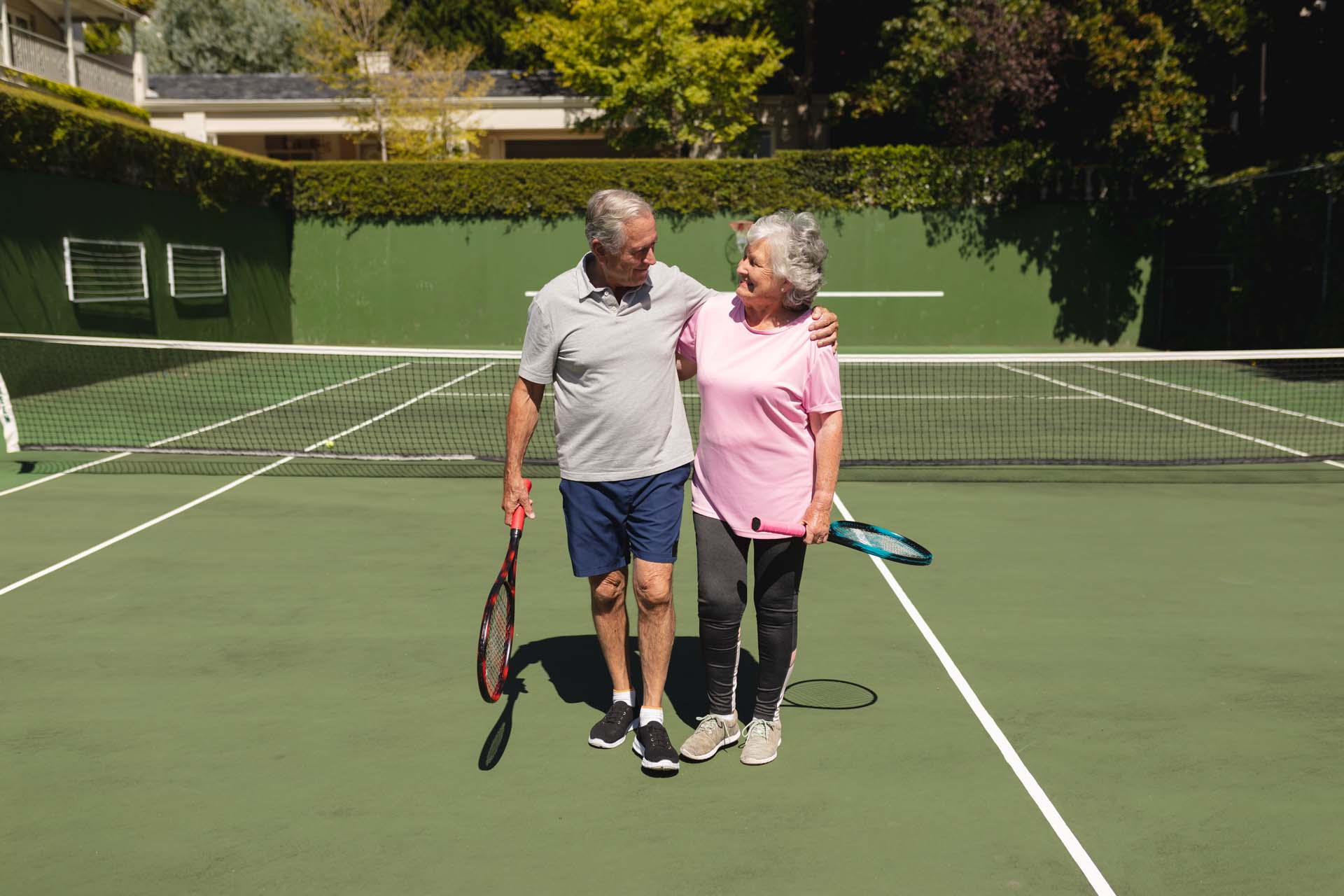
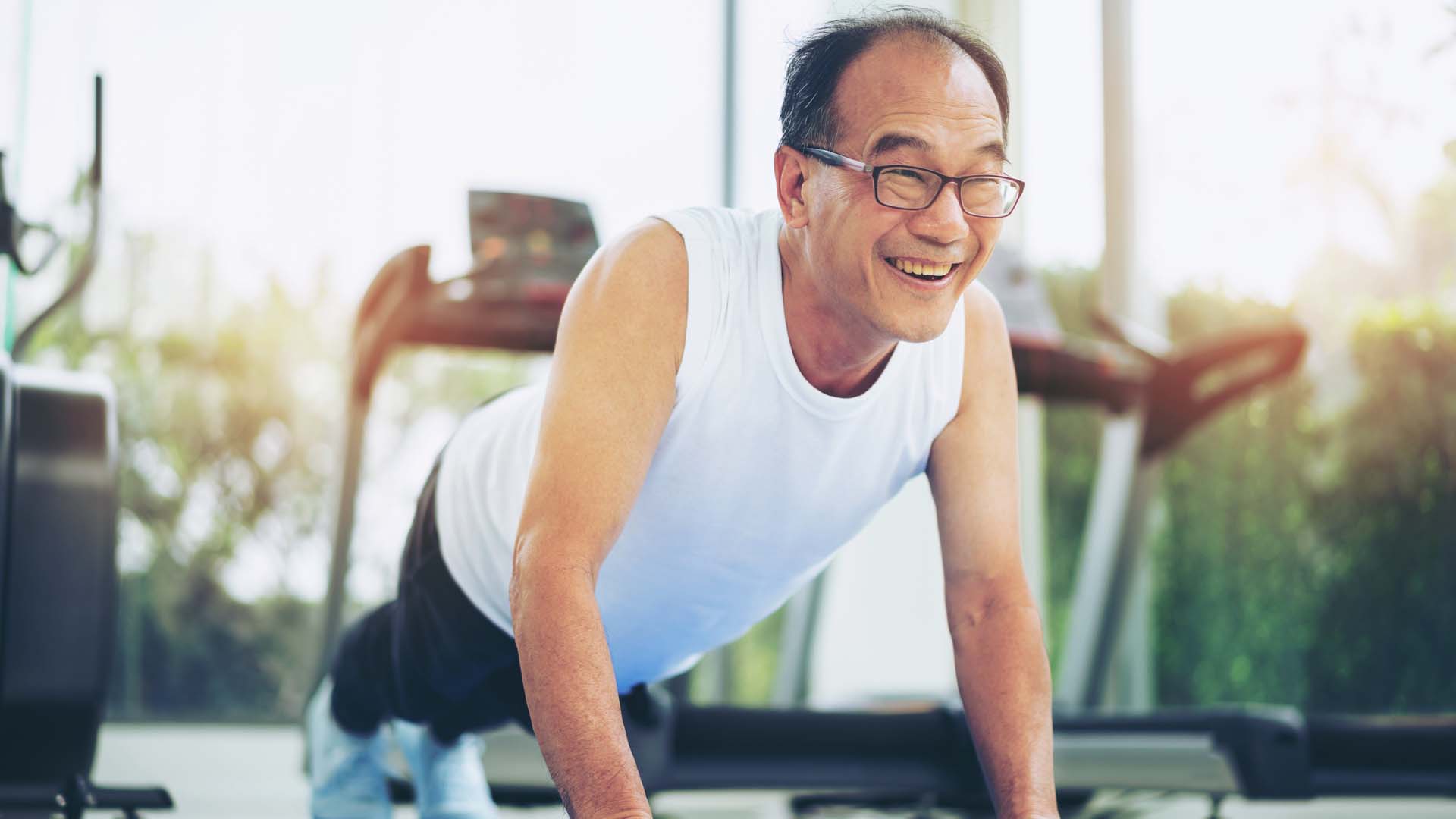
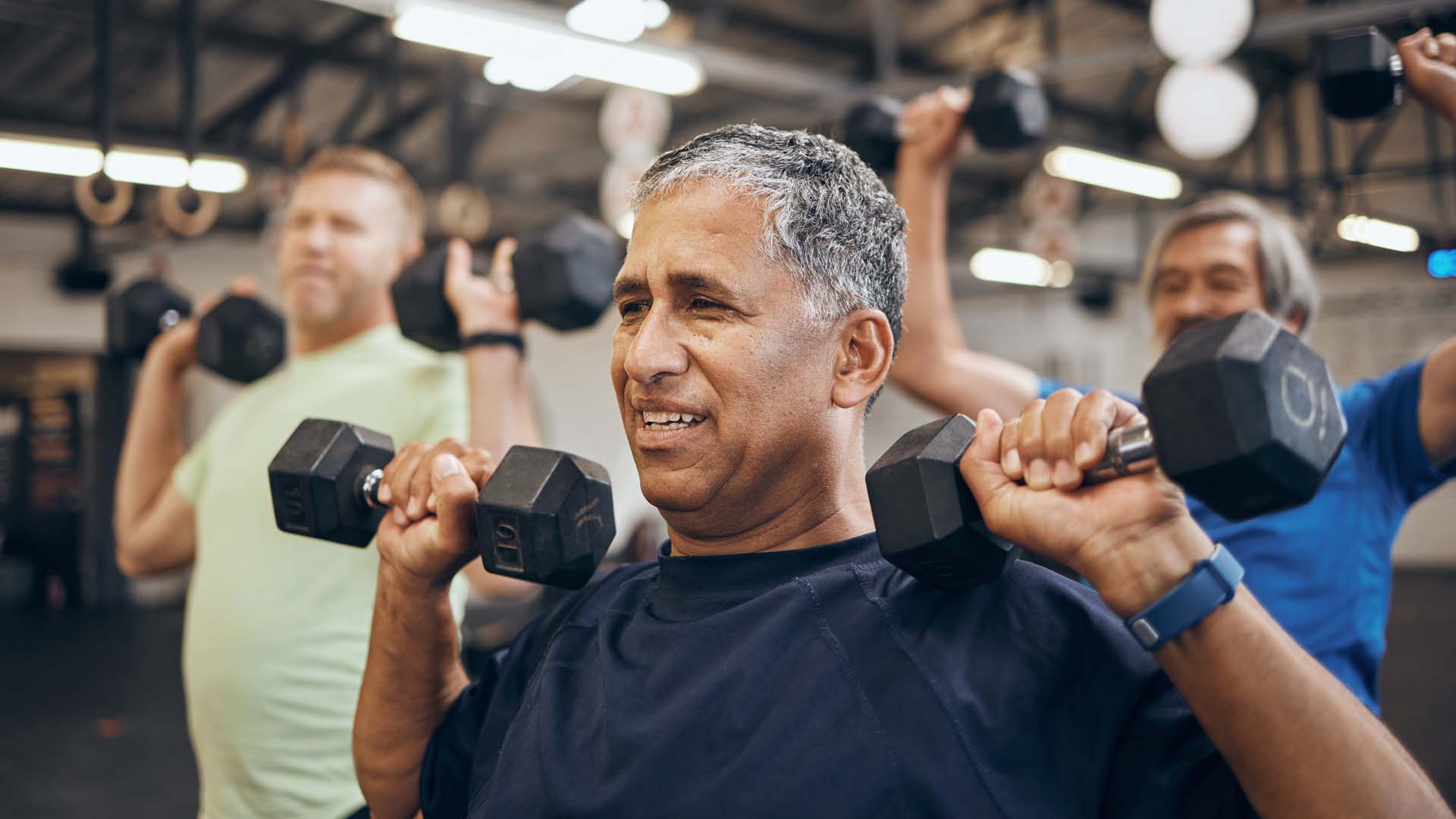
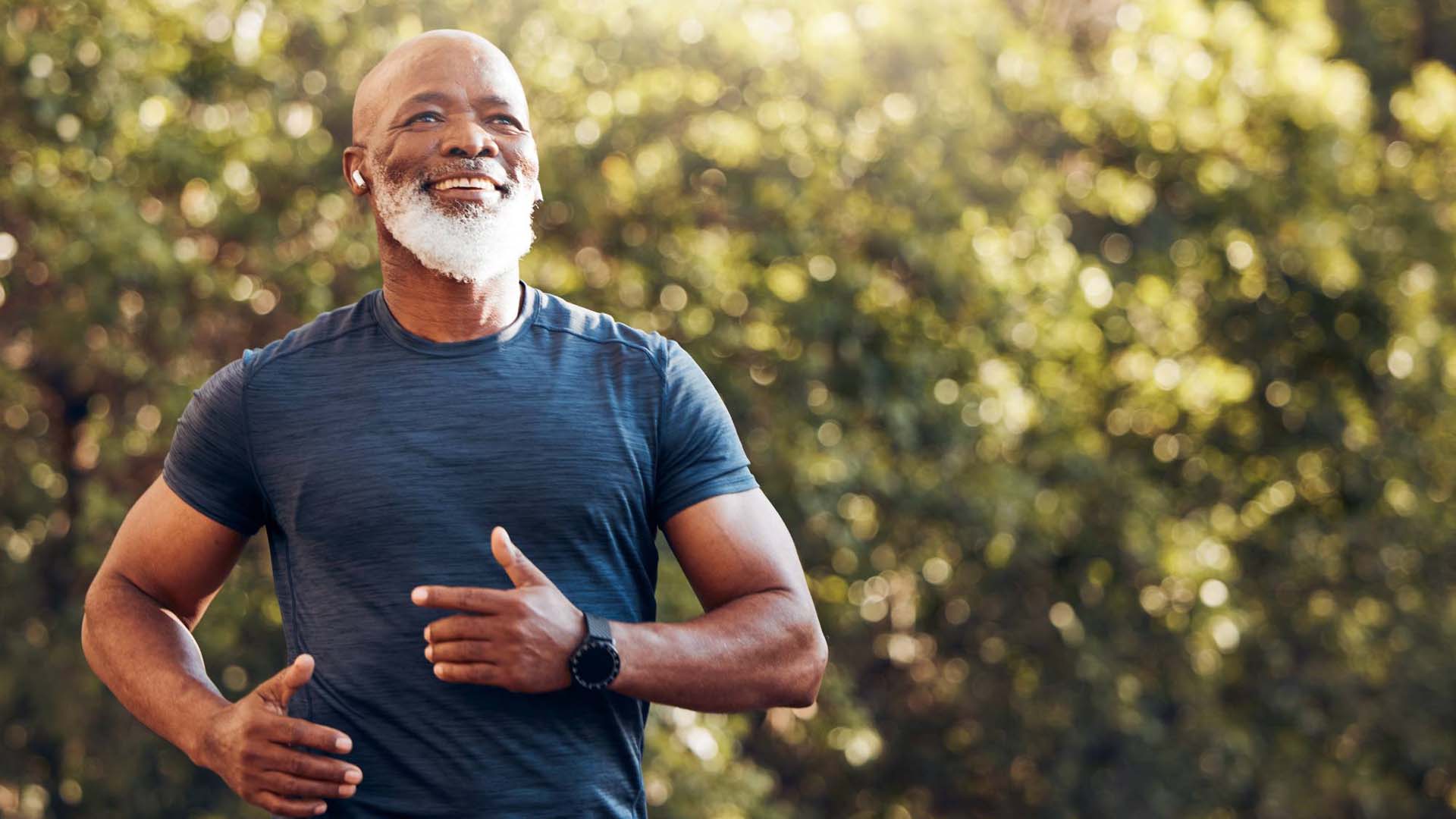
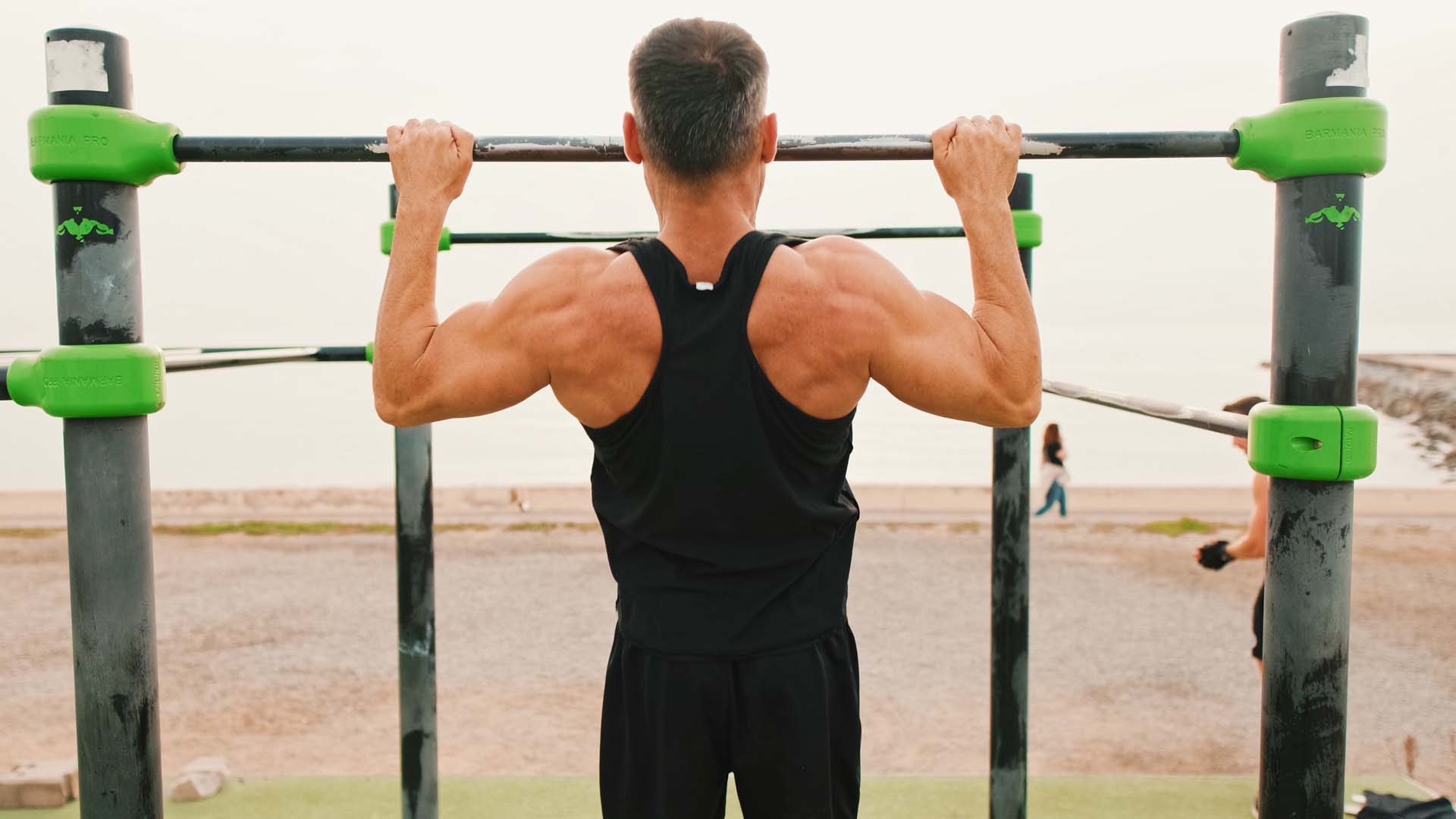
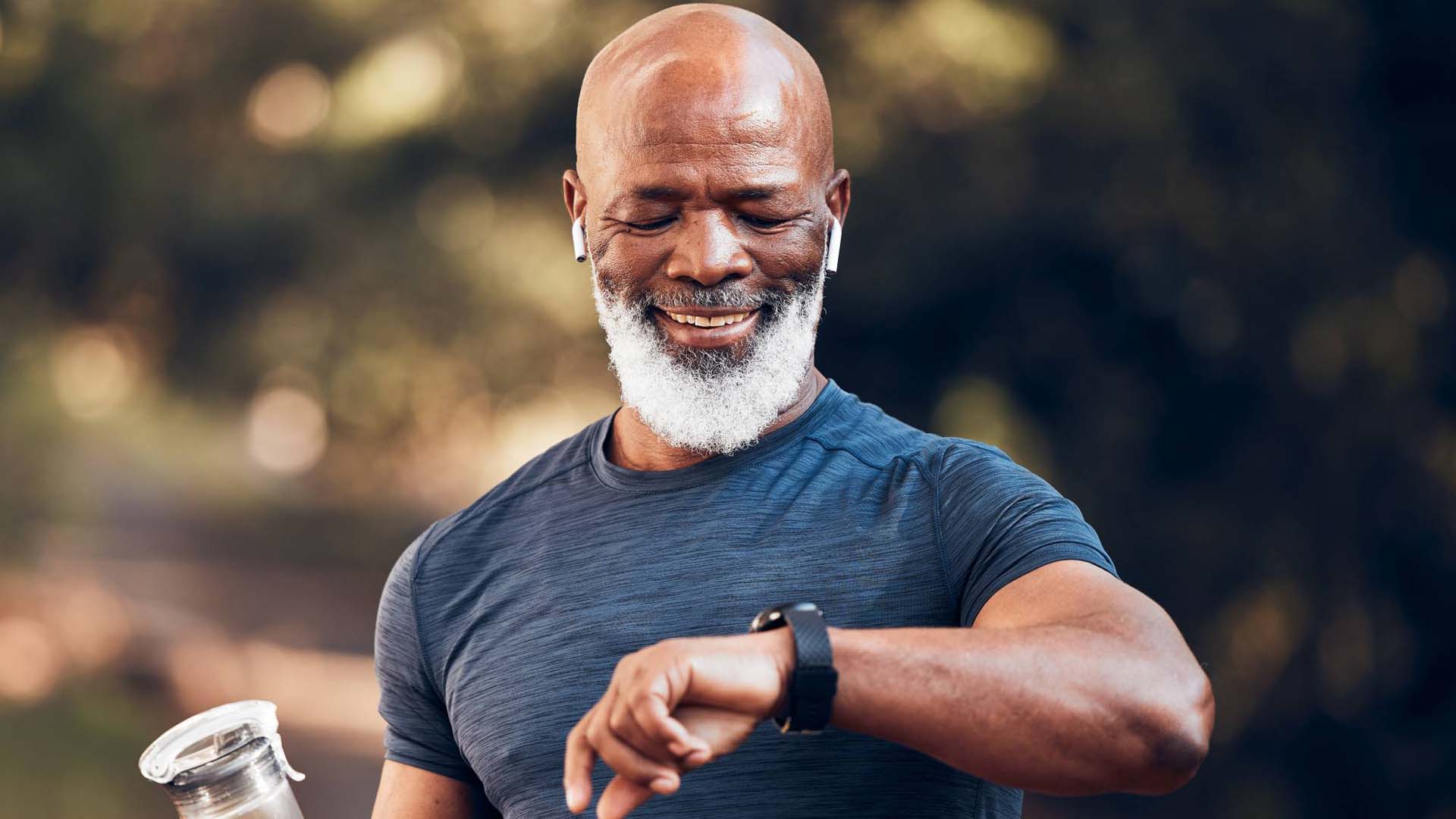
Your questions answered about what really is a good 5k time.